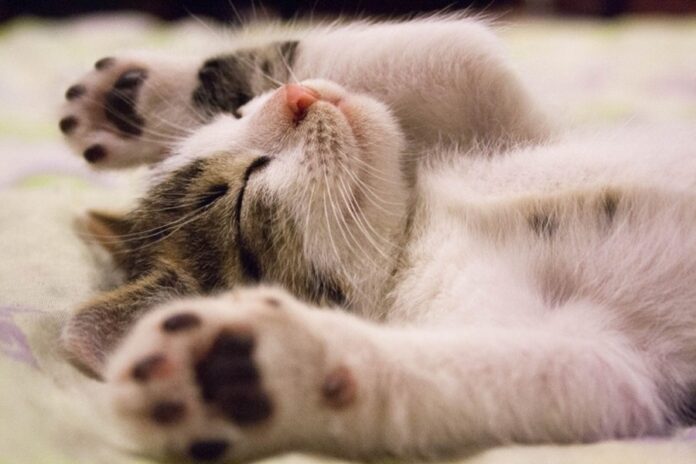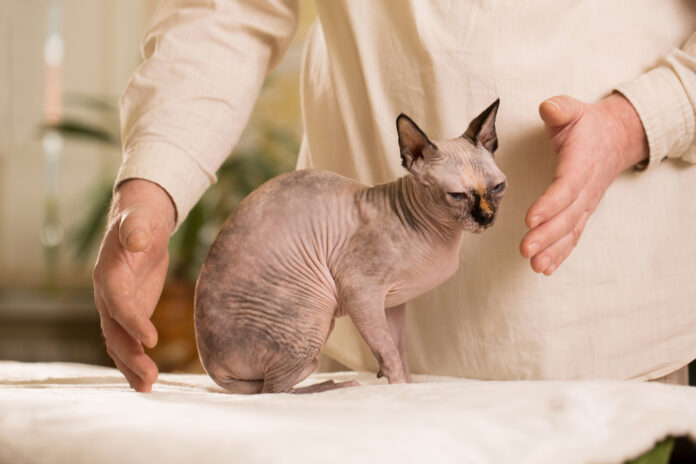Unlocking Cat Dreams: Exploring the Science of Feline Sleep Behaviors

Have you ever watched your cat twitching their whiskers, paws rhythmically paddling the air, and emitting the occasional purr or growl in their sleep? It’s enough to make you wonder: What are they dreaming about? We can’t crawl into their furry minds for a firsthand pee. But science is offering exciting insights into the mysterious world of cat dreams.
Sleepy Secrets: Stages of Cat Sleep
Like humans, cats experience two main sleep stages: non-rapid eye movement (NREM) and rapid eye movement (REM). NREM, the deeper stage, is characterized by slower brain waves and less muscle activity. During REM, brain waves become similar to those when awake. Muscle activity is inhibited except for the eyes, which dart back and forth – hence the “rapid” eye movement. This is when dreaming is thought to occur.
Sleepy Stretches & Playful Paws: What Do Their Positions Reveal?
Cats are masters of contortion, and their sleep positions can offer clues about their dream world. The classic “sploot” with legs sprawled out might indicate a relaxed and carefree dream, while the “curled-up loaf” suggests a feeling of security and warmth. Twitching ears and paws during REM sleep could represent chasing prey or engaging in playful activities.
Chasing Butterflies & Battling Giants: Common Dream Themes
While we can’t decipher their exact dreams, researchers have identified common themes based on cat behavior during REM sleep. These include:
- Hunting and chasing: This is unsurprising, considering their predatory instincts. They might dream of pouncing on feathery toys, chasing elusive butterflies, or stalking unsuspecting mice.
- Playing and interacting: Cats are social creatures, and their dreams might involve playful interactions with other cats, humans, or even imaginary companions.
- Navigating familiar environments: Their dreamscapes might feature their favorite climbing spots, cozy napping areas, or exciting exploration zones within their territory.
Unlocking the Meaning: A Scientific Peek into the Feline Mind
While interpreting cat dreams remains speculative, understanding their sleep behaviors and common themes can offer valuable insights into their emotional state and well-being. For example, excessive twitching or vocalizations during REM sleep could indicate stress or anxiety, prompting us to provide a more enriching and calming environment.
Remember: Cats are individuals, and their dream experiences will vary. However, by observing their sleep positions, behaviors, and overall well-being, we can gain a deeper understanding of these enigmatic creatures and appreciate the fascinating world that unfolds within their furry heads while they slumber.
So, the next time you see your cat twitching in their sleep, remember that they might be scaling Mount Meowjesty, chasing laser pointers across the galaxy, or cuddling with their human in a purrfect dreamland.
AUTHOR PROFILE

Wally Jack



